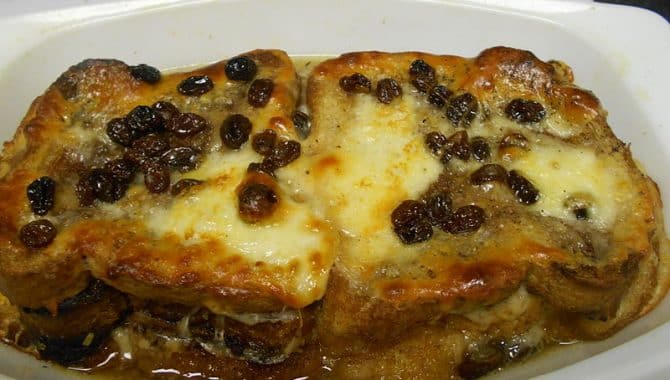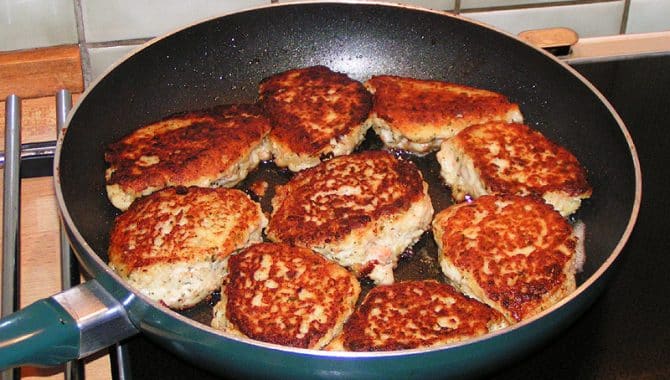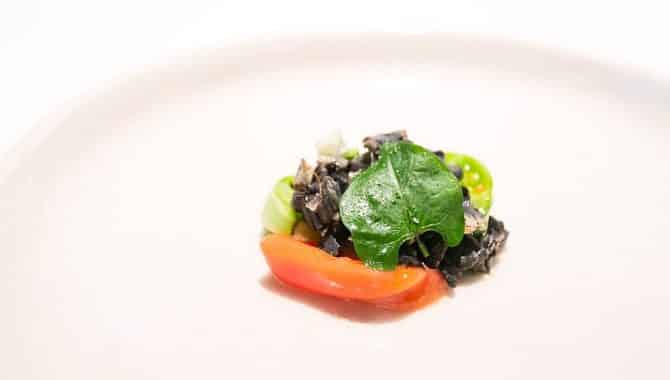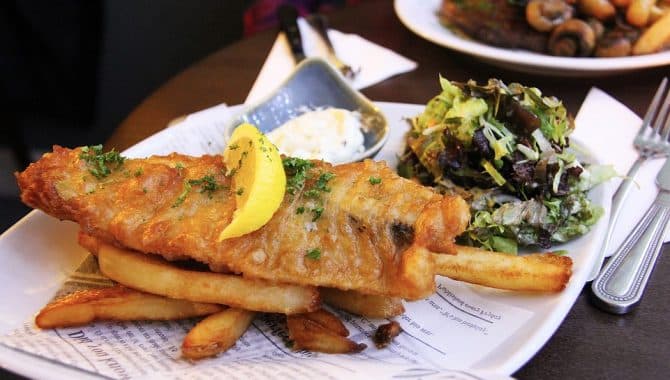Every spring as Easter approaches, people in every town across the Caribbean take their pots and pans out of the cupboards and start feverishly preparing for the Lenten period and Easter. Our rundown of 10 of the most popular, traditional dishes will undoubtedly tease your taste buds.
Mouthwatering Traditional Easter Dishes in the Caribbean & Mexico
Matoutou Crab, Guadeloupe & Martinique
For those of you who have visited Guadeloupe or Martinique at least once, this will hardly come as a surprise—they really do love their crab. In fact, preparations for the traditional Easter dish called Matoutou or Matété begin at least one month in advance during the crab-hunting season that starts on February 15. Using sugar cane, coconuts and mangoes as bait, crab box-traps are strategically placed throughout the shores to attract and capture land crabs that are generally considered to be far tastier than ocean crabs. The crabs are then fed with fresh vegetables and fruit to make their flesh even softer before cooking on Easter Sunday. These rare delicacies make for a delectable first or main course, or even dessert. However, the most traditional recipe dictates that they should be marinated overnight in garlic, onion, parsley, thyme and lime and cooked in tomato sauce and lime juice before finally being served with rice and vegetables. The hunting season is widely celebrated across the islands, with two crab festivals taking place, as well as a crab race called ‘’la patte d’or”.
Capirotada, Mexico
Capirotada is the Mexican version of a bread pudding that is traditionally served as dessert on Good Friday. The recipe and way of cooking feature Spanish and Moorish elements, much like Mexico’s culture. Traditionally known as a ‘’vigil dish’’ (Capirotada de vigilia), this recipe has a history longer than the country itself. It was first published on a 5th-century Roman book and it survived the tides of time by changing countless forms and names before arriving to Mexico along with the Spanish sailors several centuries later. There are still many versions of the dish that include different spices, nuts, fruits, cheese and meat, but the typical Capirotada is made with bread soaked in brown sugar, clove and cinnamon syrup and filled with dried seeds, fruits and aged cheese. All these ingredients bear allegories to the Passion of Christ, with the bread symbolizing the Body of Christ, the syrup His blood, the whole cinnamon sticks the wood of the cross and the cloves the nails on the cross.
Easter Buns, Jamaica
These tasty buns are probably the most famous Caribbean Easter culinary tradition. Even though they are enjoyed universally across the region, with several countries having a tradition of making them during Lent or during the Holy Week, it is Jamaica who is most usually credited with popularizing the dish. Made with a variety of spices including cinnamon, ground allspice, cardamom and clove and filled with raisins and fruits, Easter Buns have a sweet and at the same time tangy flavor. There are several variations to the original recipe and each family adds their own secret ingredients, but all of them accompany their favorite Easter delicacy with a slice of cheese. You may find Spice Buns in Jamaica all year round, but the one day everyone in the country has a piece of the sweet soft bread on their table is Good Friday.
Codfish Cakes, Bermuda
Bermuda is one of the best places to be on Good Friday to witness some truly spectacular Easter celebrations. On this day, locals head down to Horseshoe Bay to take part in various kite-flying competitions and taste the traditional treats served at food stalls and restaurants. Along with hot crossed buns, the most popular snack among the locals are codfish cakes, that are made with what some call Caribbean’s trademark ingredient—the salt-fish. The recipe is simple and delicious. Codfish are left to soak in water overnight before being salted and dried. Then they are mixed with mashed potatoes, thyme, parsley and pepper and fried with sunflower oil. The result is mouthwatering, golden-colored cakes that are served in fresh buns or solo with a slice of lime.
Accra Fish & Penepis, St. Lucia
Even though St. Lucia is not particularly famous for its Easter celebrations, there are some traditions that still hold strong on the beautiful island. The most popular among them is having accra fish and penepis on Good Friday and Easter Sunday. Accra is a type of saltfish fritter seasoned with salt, pepper and garlic and coated in a mix of flour, onion, chili pepper and cilantro. Since indulging in sweets is generally avoided during Easter, a dish of accra is usually followed by some penepis instead of dessert, a thin, round, wafer-like biscuit that is coated in ginger and especially beloved by kids.
Romeritos, Mexico
With the vast majority of the population being Catholic, Easter in Mexico is one of the most significant holidays of the year. And considering how locals never miss the chance to celebrate a national holiday by dancing, drinking and eating, a Mexican vacation would be a safe bet for your spring getaway. Apart from all the festivities, Easter is a great time to experience some of the most unique gastronomic wonders the country offers, as there are many culinary specialties made almost exclusively during the forty-day Lenten period and “Semana Santa”—the Holy Week. The most prominent example is romeritos, baby spinach-like wild plant sprigs that are the main ingredient in “revoltijo”, one of the most traditional dishes. Revoltijo is a stew with potatoes, nopal cactus and shrimp, served in a mole sauce with “bolillos” on the side. If you’re not a fan of stew, there are plenty of other ways to have romeritos such as romerito pies, pasta with romerito pesto and romerito patties.
Escovitch Fish, Jamaica
This dish might be one found in Jamaica all year round, but it’s one of the most exquisite choices for a traditional Easter meal. This Jamaican variation of Ceviche is made with fillets of either snapper or kingfish marinated with salt, black pepper and ground pimento. After the fish is fried, it is served in a white vinegar-based dressing with carrots, onions and hot peppers that give it its distinctive spicy flavor. In most cases, it’s accompanied by the traditional Jamaican cassava flatbread called “bammy” or some “Johnnycakes”, popular deep-fried dumplings.
Fried Flying Fish, Barbados
Fishing has a very long tradition in Barbados and there are some who would argue that their seafood quality is second to none. Their national dish, Flying fish with cou cou is loved equally by locals and visitors and has become one of the most sought-after delicacies among tourists in the Caribbean. Come Easter time, the famous dish is served with a twist, as it is enhanced by Bajan seasoning and lime, coated in breadcrumbs and fried in canola oil. The best place to savor this treat is the three-day fish festival that takes place during the Easter weekend on the south coast in the small town of Oistins.
Sweet Beans, Dominican Republic
A sweet bean, cream dessert may sound odd to those who haven’t tried it, but there is a good reason why this dish is prepared in extraordinarily large quantities at every Easter family dinner in the Dominican Republic—everybody loves it. The main ingredient of the dish is a mash of red kidney beans that are boiled with coconut milk. The mix is then enriched by Caribbean sweet potatoes, raisins, cinnamon, nutmeg, cloves, sugar and butter to create a pinkish cream. It’s served hot or cold in small bowls, complete with chunks of chocolate or cookies on top.








